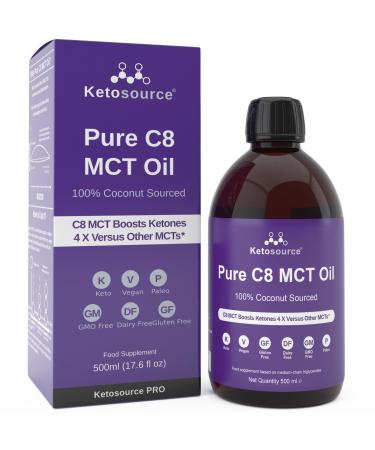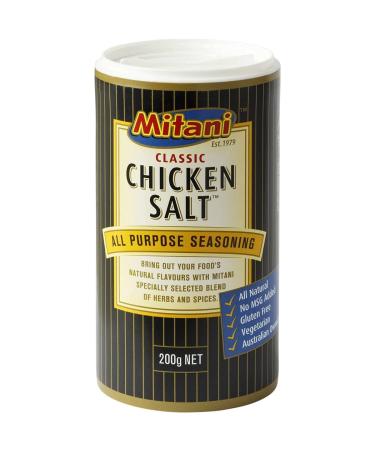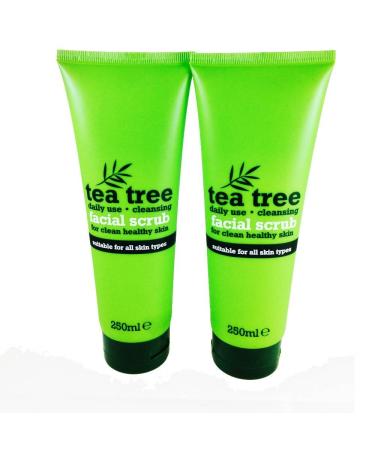Is it suitable for babies?
According to experts, bees may unknowingly ingest botulism bacteria spores while collecting nectar to make honey.
Consuming this honey is not a problem for adults. Neither the body's immune system nor the acidic environment of the stomach allow this bacteria to cause harm. In babies, the immune system is not sufficiently developed, and the stomach is still only able to digest breast milk. Unlike adults, the beneficial bacteria that control botulism spores and prevent the bacteria from multiplying and producing toxins in babies' digestive systems have not yet developed.
This bacteria can cause a dangerous poisoning called botulism in babies. Affected babies may experience difficulty breathing and swallowing, and weakness in the arms, legs, and neck may occur, leading to very serious consequences.
While honey is harmless to children over one year old, doctors recommend against feeding it to babies under 12 months of age for these reasons.
Is it suitable for children?
. Honey, which contains many vital substances such as vitamins, minerals, amino acids, and enzymes, is indispensable for children's nutrition because it facilitates digestion, stimulates appetite, and helps the body recover from developmental disorders.
Due to its high mineral content, honey contributes particularly to iron deficiency in children. The magnesium contained in honey prevents blood clotting in the veins and protects against the negative effects of stress.
It helps children maintain their perception and concentration during school years. It is a high-capacity energy source. It both nourishes their restless sweet tooth healthily and provides them with energy. Considering how much children love sweets, and even that they are obsessed with them, honey's nutritional value makes it arguably the most beneficial and high-quality dessert for children.
It also helps prevent constipation in all age groups due to its effects on improving intestinal microflora.
It's a known fact that honey strengthens the immune system. Children, who constantly interact with each other, especially in schools and daycare centers, often get sick and contract germs from their friends. In environments with a high risk of infection, the most effective and healthy way to protect children from illnesses, germs, and viruses is to keep their immune systems strong. It's also known to have a positive effect on the healing of wounds and inflammations, which are common in children.
Studies have shown that children who consume honey have better growth and development rates.
The sweetness of honey and the softening properties of milk help you start the day feeling refreshed and feel full.
Using honey instead of sugar to sweeten milk is beneficial because it makes it easier for children to consume both honey and milk. It's a known fact that giving children milk with honey instead of milk alone helps prevent anemia and constipation, and facilitates digestion.
Benefits of Cream Honey
Although there are findings from many scientific and clinical studies on the benefits of creamed honey, it is not possible to talk about its benefits within the scope of the Turkish Food Codex Nutrition and Health Declarations Regulation. Numerous national and international universities have conducted scientific studies on the benefits of creamed honey. You can benefit from these resources regarding the benefits of creamed honey.
General Properties of Creamed Honey
The general properties of creamed honey, which is a favorite on your tables with its delicious flavor and consistency, are as follows:
1- Its most important feature is that it is easy to eat at breakfast. Because it is in cream form, it is very easy to spread on bread. Its non-running and creamy spreadability makes it easy to consume, especially for children.
2- Creamed honey is produced through a purely physical process. No additives are added. Because this is a physical change, the chemical properties of the honey are not lost.
3- Creamed honey retains its flavor and aroma during the processing process. It is just as delicious as pure honey.
4- It can be easily consumed by mixing it with products such as pollen, propolis, and royal jelly. Creamed honey is a good option, especially for children who prefer not to consume these products.
Creamed honey, which is easy to consume, maintains its nutritional value like other honeys. The most important feature of this honey is its naturalness.
Creamed honey, which has a creamy consistency, is produced without any additives. Creamed honey is obtained by converting the fluidity of honey into cream using physical methods. Because strained honey is more fluid than creamed honey, it can be difficult to spread on bread. Creamed honey, with its delicious and mild flavor, can be easily spread on your bread. Its mild flavor makes creamed honey a favorite for children, and it's very enjoyable and easy to eat.













